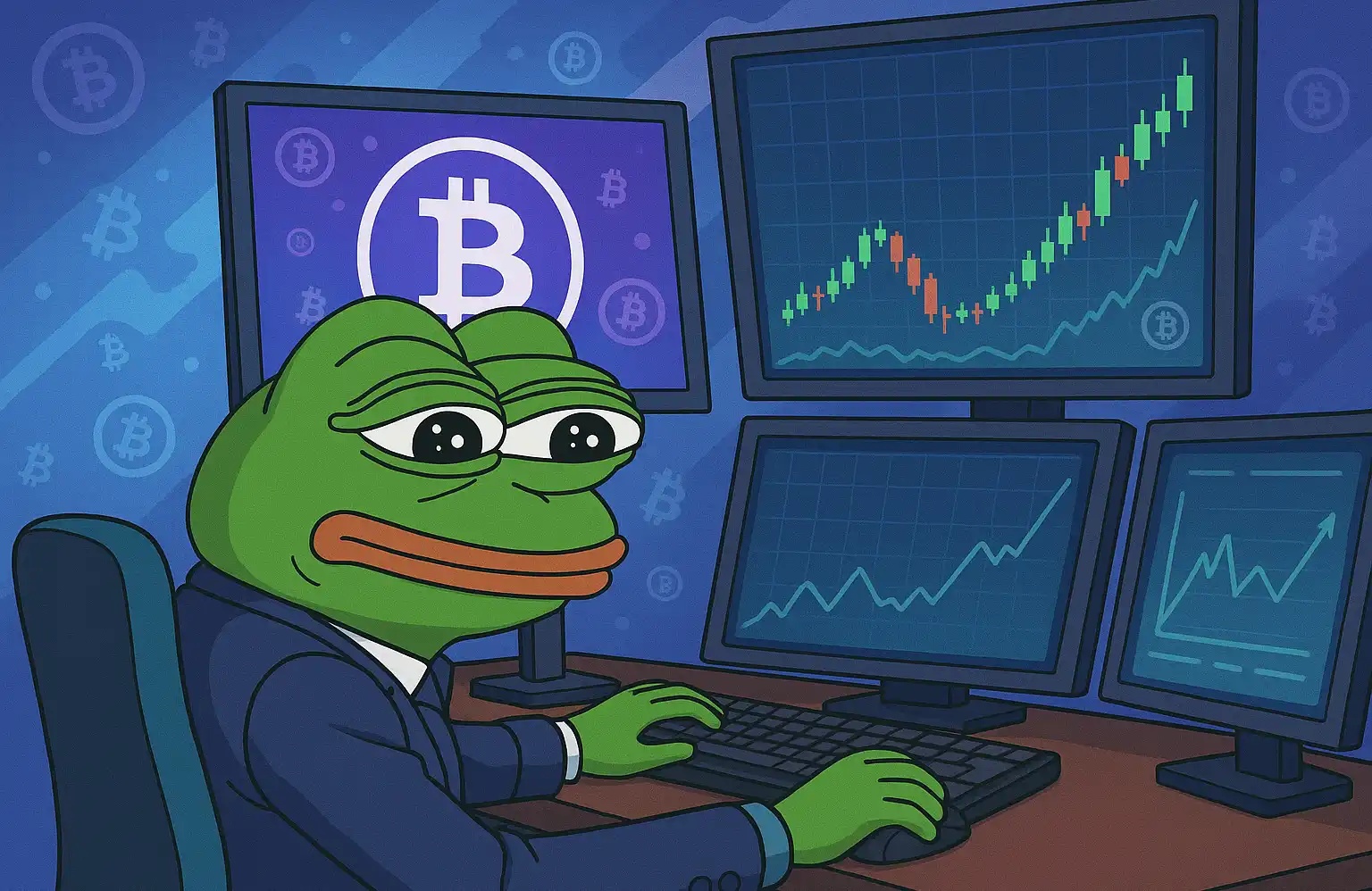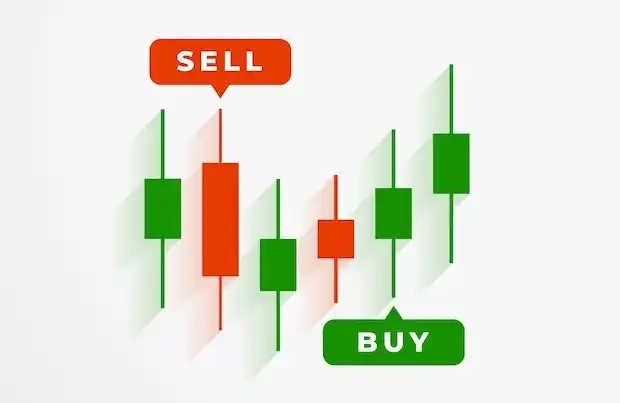Interpreting the new paradigm of public goods donation, how does Gitcoin become self-sufficient through PGN?
Author: LeftOfCenter, BlockBeats

With the addition of a new member to the OP Stack family, its sorting algorithm benefits will also be applied for the first time in the public goods funding mechanism.
Related reading: "Optimistic about the future? A review of projects using OP Stack."
PGN can be said to be an upgraded version of Gitcoin Grants' second-round fundraising.
Unlike pure donations that rely on user contributions, all funding sources in the PGN network are generated through user interactions. Once the EIP-6969 proposal is successfully integrated into the Cancun upgrade, Ethereum application developers will be able to directly receive sorter fees as a source of income based on CSR, making it possible for developers who truly create value for active users on the chain to be rewarded. Ethereum may also usher in an era of "developer economy".
It can be said that if the previous donations were stagnant, then the self-sufficient income model brought by PGN is a flowing stream, and the source of this stream is the sorter fee. The head of Gitcoin's developer ecosystem, zakk.eth, told BlockBeats that the team uses the RaaS service Conduit for hosting, and most of the obtained sorter fees will be allocated to public goods developers.
Related reading: "A panoramic interpretation of the execution layer: EVM stands out, and business capabilities are the key to success or failure."
So, what does PGN mean for ordinary users and developers? What impact might it have on the fee structure of the Ethereum ecosystem? What is its relationship with Gitcoin Grants and the quadratic funding model? And what does the Cancun upgrade in October mean for PGN?
PGN is what?
PGN is the abbreviation of Public Goods Network, which was initiated by Gitcoin and is an experimental project for public goods funding. It has received support from Protocol Guild, Public Nouns, Clr.fund, Giveth, Hypercerts, Protocol Labs, Octant, Eco, Hedgey and other organizations. As an upgraded version of Gitcoin Grants' second financing, PGN aims to provide sustainable funding for public goods by experimenting with a funding mechanism.
This second-layer application chain built on OP Stack not only inherits the performance advantages of OP Stack (including easy one-click deployment of application chains, EVM-compatible rollup, and high composability), but also follows the fee structure of OP Stack's super chain. Through the self-deployed sorter in the network, fees are collected and PGN promises to distribute most of the income to developers of public goods in the Ethereum and other fields, providing them with an organic and sustainable source of income, rather than distributing it to development teams or token holders.
For ordinary users, interacting with decentralized applications on the PGN network not only allows them to enjoy extremely low transaction costs and high security guarantees, but also a portion of the gas fees generated from each interaction will be pooled into the sorter to fund public goods. This can be considered a "use and donate" model to some extent.
Gitcoin Grants and Quadratic Funding
If you have knowledge about public goods and quadratic funding, you probably won't be unfamiliar with Gitcoin Grants.
Gitcoin Grants is an initiative run by Gitcoin DAO in the cryptocurrency field aimed at funding public goods, using the "Quadratic Funding" model. Simply put, it is an early attempt to improve crowdfunding by using a matching pool, which encourages the maximum number of people to participate and benefits everyone's favorite projects. For example, compared to receiving a single donation of $500, a project that receives 500 donations (each donation being $1) will be able to receive more matching funds.
Gitcoin Grants experiment can be said to be quite successful. So far, it has provided funding for many high-quality crypto projects through 16 rounds of donation activities. While helping project parties grow, it also brings retroactive rewards to donors. More and more users are also entering the Web3 world through Gitcoin.
However, all of this is just an experiment. At least in the mind of Ethereum founder Vitalik Buterin, the quadratic funding is just a trial. His long-term goal is to "directly channel transaction fees from L2/applications (such as rollup MEV auctions) into a matching donation pool".
According to Vitalik Buterin's previous tweet, those who say "whale funding is a bad mechanism, we need [something better X]" are missing the point. Gitcoin Grants is a "trial run" of quadratic funding, with the long-term goal of allowing transaction fees from L2/applications (such as rollup MEV auctions) to flow directly into the matching pool.

Vitalik believes that from a systemic perspective, a well-designed economic model should "tax scarce resources to subsidize public goods." He listed a series of scarce resources, including packaged transactions, MEV, shorter domain names, attention, and status symbols, while public goods are a type of item that does not immediately generate income but is meaningful for the overall well-being of humanity. This includes network security, development, research, education, and more.
PGN is an upgraded version of quadratic funding
If the quadratic funding of Gitcoin Grants was just a trial, then the launch of PGN marks a new journey for Gitcoin.
PGN will bring a self-sufficient model to the Ethereum ecosystem, where public goods lacking funds will become a source of vitality, and the source of this vitality is the sorting fee from PGN.
PGN, created based on OP Stack, naturally inherits the fee structure of OP Stack. That is, every transaction generated in this network will incur a sorter fee. PGN intends to use these fees to fund the development of public goods within and even beyond the Ethereum ecosystem.
Ethereum's public goods in the ecosystem, of course, refer to open source software and applications.
As one of the most common digital public goods, open source software and applications have created tremendous value for society. The development and maintenance of basic internet protocols such as TCP/IP, HTTP, FTP, and SMTP have brought free, non-exclusive, and non-competitive access to information for global communities. However, the compensation for the core maintainers of these open source software is still relatively low.
For developers, deploying applications on the PGN network not only inherits the advantages of "high security, stability, and scalability" brought by the OP Stack modular framework, but more importantly, developers who deploy decentralized applications on it have the opportunity to receive donations from the network without any financial commitment.
Unlike the matching donation mechanism of Gitcoin Grants, all funding sources in the PGN network are generated by user interactions. It is generated by real interactions between users and Dapps, and each transaction fee generated by each interaction will be fed back to the builders in the ecosystem through some mechanism.
It can be said that if the matching donation mechanism of Gitcoin Grants was still "stagnant" before, then with PGN, the Ethereum ecosystem has become a "living stream", and its source is the developers in the network. It is they who develop and create Dapps that crypto users are willing to interact with, generate revenue, and then contribute back to the entire ecosystem, forming an organic cycle. It can be said that Ethereum has truly achieved externalities.
Enter the Developer Economy Era of Ethereum
It can be seen that whether it is the EIP-6969 proposal that will be merged into the Ethereum Cancun upgrade in October this year, or the launch of PGN, Ethereum's revenue system is intentionally tilting towards the developer community.
EIP-6969 is an Ethereum proposal aimed at introducing the concept of contract-guaranteed income CSR, allowing contract creators to receive a portion of the Gas consumed by their own contracts. This economic mechanism can also be applied to L1.
That is to say, starting from EIP-6969, the Ethereum revenue system began to consider the interests of developers.
Related reading: "Interpreting the CSR Protocol EIP-6969: Will it change the Ethereum economic model again?"

Before this, the Ethereum mining community was the main group receiving gas fees. After all, in the early stages of development, miners were the most core group in maintaining network security and the foundation of the entire network. Therefore, it is necessary to give miners enough rewards to maximize network security.
If network security was the most important aspect of Ethereum in its early days, then as the Ethereum ecosystem matures and improves, the importance of applications and ecosystem development within the network becomes increasingly important. As the most important contributors to the ecosystem, the importance of developers goes without saying.
Therefore, incorporating developers' income incentive mechanisms into the protocol layer is crucial for the development of the ecosystem. The greatest value of EIP-6969 lies in the more reasonable distribution of Ethereum's income to contributors, who are not only validators (or miners), but also developers and builders.
Since the generation of gas fees is provided by the contract creators, who develop Dapps to attract users to consume and trade, resulting in gas fees, it is natural for them to benefit from it. By introducing the contract creator incentive mechanism EIP-6969, Ethereum further aligns the incentive mechanism between contract creators and the network, promoting their participation and rewards.
Once the Cancun upgrade is successfully integrated into the EIP-6969 proposal in October this year, PGN will enable Ethereum developers to directly obtain a portion of the sorter fee as their source of income based on CSR, rewarding contract developers who truly create value for active users on the chain. Ethereum may usher in a self-sufficient "developer economy" era.
Conclusion
PGN has had a good start, with the testnet going live for less than a week, deposit/withdrawal transactions have exceeded 100,000. However, this is just the beginning.
For ordinary users, there is currently very little that can be done. Users can only transfer test coins between the Ethereum Sepolia network and PGN through the test network bridge.
And the future sorter fees will be allocated through some mechanism, but what this mechanism is has not yet been determined. Providing a stable source of income for developers is certainly important, but how to allocate these funds reasonably and whether the allocation criteria are reasonable is a more important issue to be resolved. According to the PGN team's plan, after 6 months of mainnet launch, fees will be evaluated and allocated based on accumulated impact data.
Long-term, PGN remains a long-term experimental project that still has a long way to go. According to official announcements, such experiments will need to be maintained for at least two more years.
Experimentation means constant trial and error, uncertainty, and even a high probability of failure in the future. However, at the same time, experimentation also means vitality and exploration of possibilities. From visible human history, we can find that experimentation is also the most likely place to give birth to groundbreaking things.
Reference source:
https://blog.clr.fund/building-the-next-step-for-public-goods-funding-part-1/
https://www.gitcoin.co/blog/supporting-public-goods-network
Welcome to join the official BlockBeats community:
Telegram Subscription Group: https://t.me/theblockbeats
Telegram Discussion Group: https://t.me/BlockBeats_App
Official Twitter Account: https://twitter.com/BlockBeatsAsia


 Forum
Forum Finance
Finance
 Specials
Specials
 On-chain Eco
On-chain Eco
 Entry
Entry
 Podcasts
Podcasts
 Activities
Activities
 OPRR
OPRR








